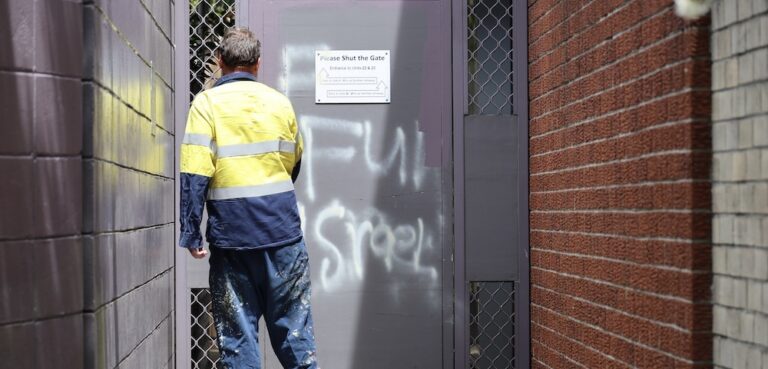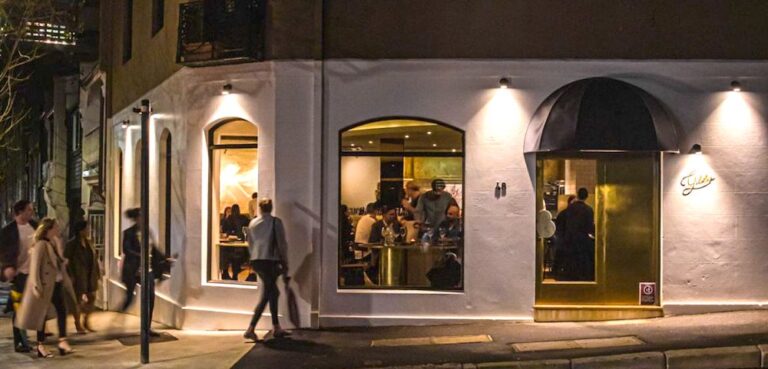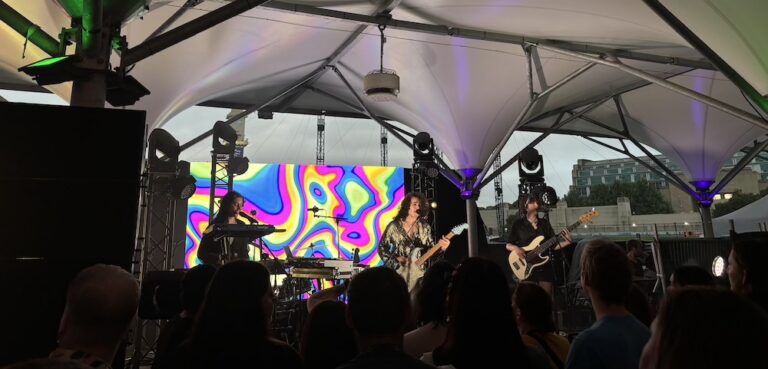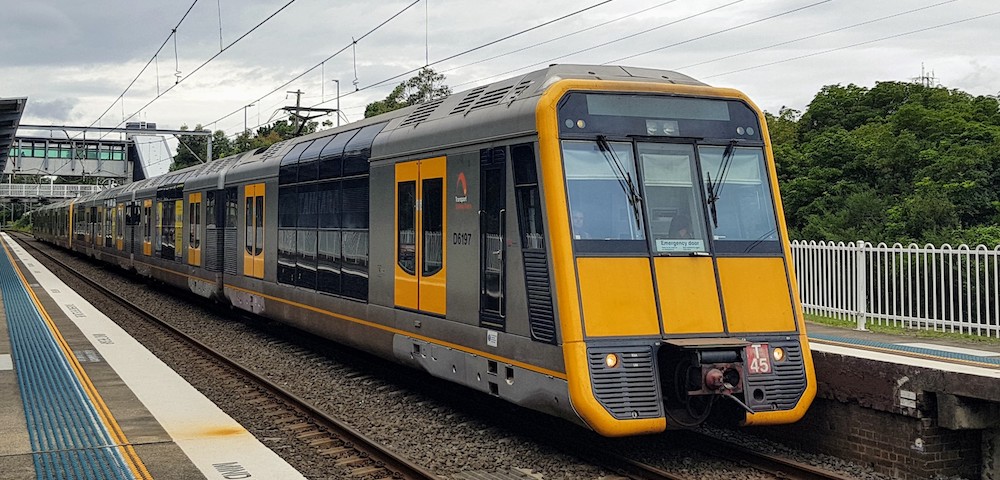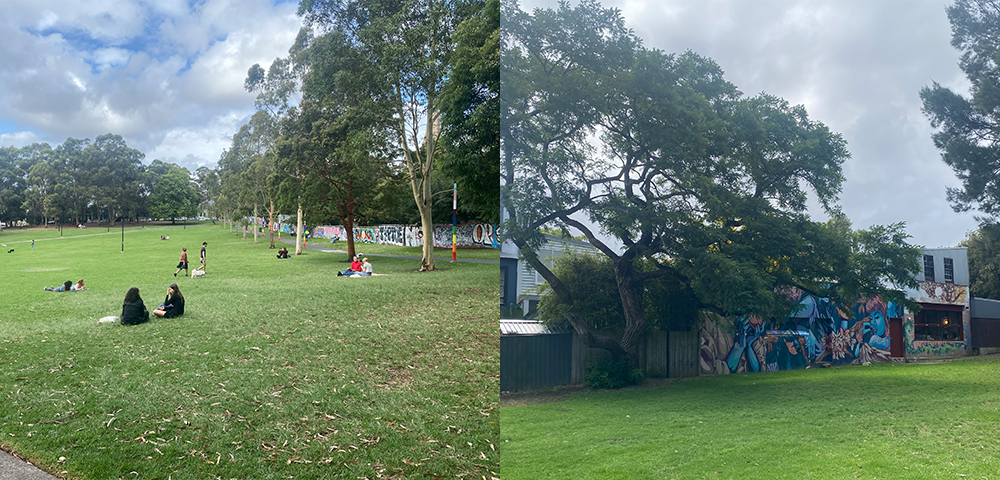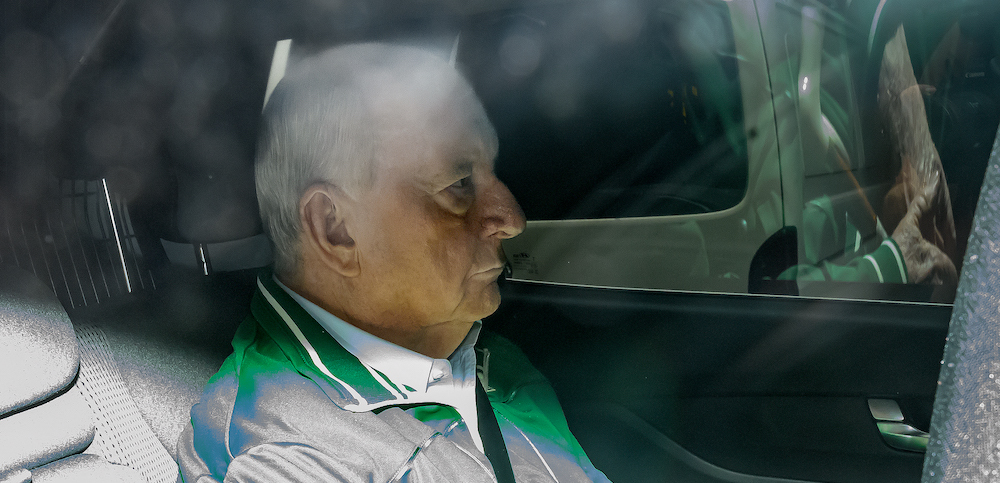
Traders railroaded by trams
BY ALEC SMART
After months of delays and a $1.3 billion cost overrun, Sydney’s L2 tram line extension, the CBD and South East Light Rail from Circular Quay to Randwick via Surry Hills and Moore Park, will open to the public at 11am on Saturday December 14.
It will be the first time since 1961 that trams have run in the city, when the 82-year-old Sydney tramway network, one of the largest in the world, ground to a halt due to a combination of poor maintenance and underfunding. During the 1930s, around 1,600 trams were in service, although its highest use was in 1945 when 405 million passenger journeys were recorded.
In 1997 trams returned to the inner-west with the L1 light rail between Ultimo and Pyrmont. This has since been extended, from Central Station to Dulwich Hill, encompassing 12.8km.
Nine busloads per tram
Travel on the new L2 light rail route will be free for the first 48 hours. Thereafter fares, calculated to match existing bus journeys, are payable with an Opal travel card.
Regular services on the L2 will run between 5am to 1am every day with 15 services per hour between 7am and 7pm in both directions. ALTRAC, the consortium managing the L2 line, expects travel from Randwick to Circular Quay to take approximately 50 minutes.
Each 2-carriage tram can hold up to 450 passengers, equivalent to nine standard buses. All light rail stops are wheelchair and pram accessible and tram doorways level with platforms.
Sydney’s tram network will soon consist of three passenger routes: the L1 Dulwich Hill Line, the L2 Randwick Line and the L3 Kingsford Line. The L3, a spur from the L2 to Kingsford via Anzac Parade, is still under construction with completion expected in March 2020.
Rumours abound that the light rail will eventually be extended south to Botany Bay, to service the Yarra Bay mega cruise ship terminal the NSW Govt and NSW Ports Authority are pursuing, via the high-rise metropolis proposed for neighbouring Little Bay.
Part of the reason Sydney city’s unpopular Lockout Laws are being repealed is to enable southbound commuters departing late from events and nightclubs to use the light rail. However, whilst patrons will be permitted to re-enter licensed venues after 1.30am, trams halt nightly at 1am.
Premier Gladys Berejiklian estimates the new network will move up to 13,500 commuters an hour during peak times in both directions.
“The CBD and South East Light Rail is a big step towards revitalising our city and will transform the way we live, work and go out in Sydney,” Ms Berejiklian said, adding it would replace “the conga line of buses which used to sit in traffic on George St.”
Construction on the 12km CBD and South East Light Rail route, begun in October 2015, was staged across 31 construction zones. The final price tag for the L2 and L3 construction is expected to reach $2.9 billion, almost double the original cost predicted by Ms Berejiklian in 2012, when she was NSW Transport Minister.
The primary reason for the cost over-run and nine months’ delay completing L2 is attributable to the NSW Govt’s long-running legal dispute with Acciona, part of the ALTRAC consortium responsible for delivering the infrastructure.
The Spanish subcontractor sued the NSW Govt for $1.2 billion, claiming they received misrepresented data about hidden utilities (submerged electricity cables, water & sewage pipes and gas conduits) along the route before the signing of contracts. “There have been significant challenges during light rail construction, including the discovery of more than 1400 unknown utilities along the alignment,” an ALTRAC spokesperson told City Hub in Jan 2018.
In June 2019, the NSW Govt agreed to a $576 million compensation payout, withholding $129 million until construction deadlines were met.
Businesses bankrupted
Unfortunately, construction delays and impediments like barricades and pedestrian diversions have caused severe distress and loss of business to multiple traders along the route. Although, according to a spokesperson for TfNSW, they “supported 179 businesses by providing more than $39.8million in financial assistance,” and City of Sydney Council offered some rent relief, many businesses were forced to close, some bankrupted by a massive drop in customers.
Angela Vithoulkas, an independent City of Sydney councillor, was forced to shut her family business, Vivo Café, on 24 August 2018 after 17 years of trading after it was negatively affected by the light rail construction works.
In 2018 Cllr Vithoulkas founded the Small Business Party to advocate for traders impacted by the long delays and launched a class action to seek compensation for lost business revenue to traders caused by rail projects in Sydney and Newcastle.
She told City Hub: “There are hundreds of small business owners who have been tortured by the light rail construction which has run year’s overtime and billions over budget.
There are also hundreds of long suffering residents along the entire light rail route who have had massive physical damage to their homes and are still waiting for rectification works to take place.
I know that the NSW government will be rejoicing on the part opening of Light Rail, hoping that all is forgiven, but I’m quite sure that those families who have lost everything – including their homes, will never forget or rejoice.
Every trip taken by those carriages along each kilometre of track is paved with the lifeblood of small business owners impacted and forgotten by this NSW government, and each homeowner who must forever live with them right outside their house.
Compensation for small business should have been high on the NSW government’s agenda in order to prevent the economic catastrophe that hit them, sadly it never has been. The losses can never be made up now and the pain can never be alleviated.
The real cost of this project is still waiting for a final tally.”
New trams incompatible with existing lines
It was revealed in July 2017 that the new trams – a fleet of sixty Citadis X05 trams from France, each 67 metres in length, the first of which arrived on August 1 – are incompatible with the existing L1 inner-west line between Ultimo and Dulwich Hill.
A range of measures, including track width, gaps between platforms and carriages, clearances between the track corridor and its surrounds, and distance between the back wheels of the trams means the new trams scheduled for the L2 and L3 services lack “interoperability” with the existing L1 network. This also inhibits the ability to introduce new routes across a broader network, which might include access to the Balmain peninsula via a renovated Glebe Island Bridge.
These differences occurred because Transport for NSW went to the market for the new light rail project instead of ensuring a standardised service for all of Sydney’s light rail lines. This replicates the debacle in 1848 when Australia was advised that one uniform gauge should be implemented for a national rail network. Instead, Victoria adopted the Irish broad gauge, NSW the international ‘standard’ gauge, Queensland a significantly narrower gauge, and other states in between, which inevitably created major problems when transporting goods and commuters by train across state boundaries.
This incompatibility effectively means that passengers travelling light rail from the inner west to Moore Park for sporting events and concerts will have to change trams at Central Railway Station to continue their journey.
—————————————————————
Trams go west
Construction has begun on another light rail link servicing the western suburbs, Parramatta Light Rail, from Westmead to Carlingford via Parramatta city, which may eventually include an eastern branch from Camelia to Strathfield passing Sydney Olympic Park. Due for completion in 2023, it is entirely separate from the other three light rail routes.
The NSW Govt’s 2018 Greater Sydney Services and Infrastructure Plan included a proposal for another new line from Leichhardt North to Pyrmont via The Bays Precinct and the Glebe Island Bridge, which would connect with the existing L1 Inner West Light Rail at both ends. However, it is unlikely to commence construction within the next decade.
All routes will be controlled by TfNSW, the New South Wales Govt’s transport authority, with day-to-day operation contracted to Transdev, formerly Veolia Transdev, a French-based multinational transport provider with operations in 20 countries.
More than 160 people have already been fined $76 each for jaywalking over the new tracks. TfNSW has employed Dubbo drag queen JoJo Zaho to urge pedestrians to be safety conscious in the vicinity of the light rail.
Further fines will be levied for motorists transgressing tram-specific road rules. These include:
$114 and two demerit points for passing a tram to the left or right or overtaking a turning tram.
$191 and two demerit points for not giving way to a pedestrian near a tram. Speed limits in some high-density pedestrian areas near George Street have been dropped to 20km/h.
$268 and two demerit points for driving in a tram lane.
$344 and three demerit points fine for driving into the path of, not giving way to, or failing to get out of the way of an approaching tram.
$457 and three demerit points fine for not giving way to a tram at a level crossing with a stop sign.
Poor value for money
Infrastructure Australia, which rejected NSW Govt’s $500 million funding request for the Sydney light rail on the grounds that it was poor value for money, and Infrastructure NSW (the latter established in 2011 to assist the NSW Government in identifying and prioritising large construction projects), both opposed the light rail construction, warning trams would increase traffic congestion.
In an Oct 2012 report criticising the NSW Govt’s economic modelling, Infrastructure NSW stated: “There does not appear to be a substantive consideration of options outside of light rail.”
In 2012, Paul Broad, then chief executive of Infrastructure NSW warned: “If you add light rail to George Street today, you will not fix a problem, you will create a problem.”
Despite expert advice to desist, the NSW Govt persisted without federal support, funding the light rail project with a $220 million grant from Sydney City Council. In December 2014, TfNSW awarded the contract to the ALTRAC Light Rail consortium.
The NSW Rail, Tram and Bus Union (RTBU) have also weighed in, criticising safety concerns along the L2 route, with divisional secretary David Babineau claiming the ‘botched’ network has at least 11 design flaws and safety issues.
Warning that cyclists and pedestrians are at risk due to poor signage and fencing, particularly around Moore Park and at crossings where they claim there are no traffic calming measures, RTBU released a statement: “The RTBU has lobbied for approximately three years to be included in consultation about the operational requirements for the shared corridor but have been completely ignored.”
—————————————————————
One of the key companies in the ALTRAC consortium managing the light rail link construction, which includes Transdev Sydney, Acciona, Capella Capital and Alstom, has a shady reputation.
On 13 November 2015, Alstom S.A., the French transportation and power company, was sentenced to pay a fine of $772,290,000 – the largest-ever criminal foreign bribery fine in history – to settle charges with the U.S. Justice Department alleging the company bribed government officials to win business contracts around the world.
On 22 December 2014, Alstom pleaded guilty to falsifying its books and records and failing to implement adequate internal controls. In addition, its subsidiaries pleaded guilty to conspiracy to violate anti-bribery provisions and admitted they paid bribes to government officials and falsified books and records to conceal their criminality in connection with transportation and power projects for government-owned entities around the world, including Saudi Arabia, Egypt, the Bahamas, Taiwan, and Indonesia.

